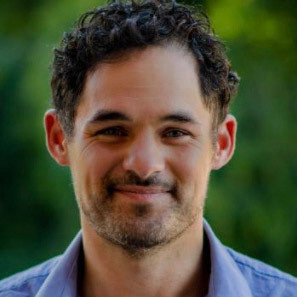Summary
I am working on a project to help hospitals deploy a Geriatric Emergency Department (GED). This project team aims to facilitate this effort by creating a return on investment (ROI) calculator for hospitals interested in deploying a GED. GEDs have many potential benefits such as improved clinical outcomes, increased patient satisfaction, and reduction in costs to hospitals and patients. To deploy a GED, hospitals will need to invest in structural changes, staffing changes, and operational changes. Through analysis of data from multiple sources we will quantify the costs and benefits of implementing a GED to determine the ROI. We will then generalize this calculation such that by inputting hospital specific values, any hospital will be able to determine their expected ROI.
Image by ElasticComputeFarm from Pixabay.
Motivation
Between 2001 and 2010, 175 million adults over the age of 65 visited the emergency department (ED) (1). Older adults make up about 20% of all ED visits (1). Notably, the ED is not designed for the typical elderly patient. While the ED is set up to treat high acuity patients, older people tend to have lower acuity causes for a visit than younger people, and they are admitted three times more frequently for inpatient care. The ED can be a disorienting and dangerous environment that can lead to unnecessary hospital admission, poor clinical outcomes, costly complications, patient distress, and dissatisfaction from families and caregivers. Older patients with dementia are more than twice as likely to revisit the ED within 30 days when compared to younger patients without dementia (2).
In addition to increasing patient satisfaction and improving the quality of care that patients receive, we believe there may be financial incentive to invest in the implementation of GED. Most adults over the age of 65 are covered by Medicare, which frequently does not recuperate hospital costs. Reducing unnecessary admissions and revisits to the ED could reduce hospital costs and improve patient care. The GED model would follow in the footsteps of pediatric EDs and the specialized care they provide.
Image by Orna Wachman from Pixabay.
Methods
A number of institutions have recently created GEDs and have begun to track metrics that will evaluate their success. In order to help more institutions determine if implementing a GED is right for them, we are creating a model to evaluate the expected return on investment (ROI) in terms of both financial and clinical factors. This ROI model will make use of user input, literature review, and expert opinion to obtain results that are hospital specific and evidence-based. The final output we will produce is a user friendly RShiny app with full explanation of all calculations involved. We have also produced an infographic describing trends in geriatric emergency medicine.
Infographic completed in 2020.

Sheridan Rea

Dr. Nick Bott

Dr. David Scheinker
References
1. Lo AX, Flood KL, Biese K, Platts-Mills TF, Donnelly JP, Carpenter CR. Factors Associated With Hospital Admission for Older Adults Receiving Care in U.S. Emergency Departments. J Gerontol A Biol Sci Med Sci. 2017 Aug 1;72(8):1105–9.
2. Bass DM, Judge KS, Snow AL, et al. A controlled trial of Partners in Dementia Care: veteran outcomes after six and twelve months. Alzheimer’s research and therapy. 2014;6 (1):9-9.